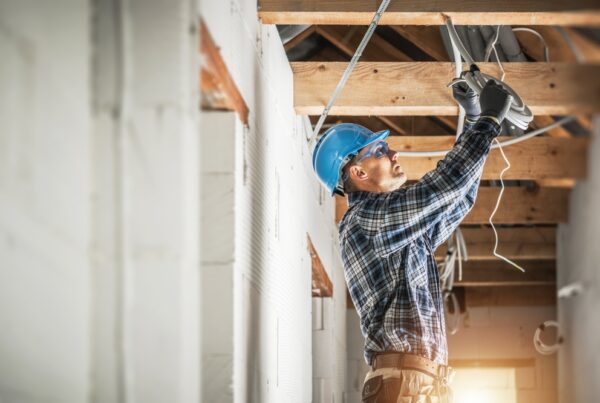Western Australian renters could save $6,000 next year if the state government delivers a deep and permanent cost-of-living housing relief package, according to Shelter WA.

Shelter WA has released new analysis alongside the first of its state election platform asks:
- Stop unfair rent increases through a rent cap to protect renters from excessive rent increases and help reduce inflation.
If capped at 1.5 per cent, this could save Perth households $3,172 next year based on the assumption that rents will rise by 10 per cent. - Commit to an energy efficient retrofit of rentals, starting with social housing.
This could save WA households up to $2,865 a year on energy bills based on ACOSS analysis of Climateworks Centre modelling.
Shelter WA’s analysis also reveals its proposed package could save WA renters more than double the amount of money in just one year ($6,037) compared to the savings from all one-off electricity credits provided in state budgets since 2020 ($1,800-$2,560).
The cumulative cost of these household electricity rebates ($2.03b) would have paid for the retrofit of WA’s entire social housing stock ($638.4m) three times over.
Shelter WA chair Kieran Wong said, “Western Australians are battling through the worst housing and cost-of-living crisis in living memory – they are the two most important issues for voters ahead of the state election. Voters are relying on the next government to make it more affordable to live in this great state.
“Every day, Shelter WA, along with our members and staff, confronts heartbreaking and dire circumstances. The rapid rise in rents and housing costs has triggered a surge in homelessness and housing insecurity, working families are sleeping in cars, a new generation is growing up knowing only couch surfing, and renters are forgoing meals and medicine to keep a roof over their heads. These stories should have no place in our wealthy state.
“Western Australians are desperately seeking relief from the rising cost of living and need hope that there is a way out of this crushing housing crisis nightmare. Measures to address cost of living should be enduring, not temporary. One-off rebates may be welcome, but they are merely sugar hits that fail to provide the lasting support that Western Australians truly need. The most effective way the state government can ease high living costs is through rent caps and energy efficient retrofits that make renting a home more affordable now and into the future.
“Many of WA’s rentals are ageing and have inadequate insulation and appliances, leaving renters struggling to afford to keep their homes safe and comfortable especially during extremely hot summers and cold winters.
“Energy efficiency retrofit improvements include insulation, building sealing, electric heat pumps, hot water systems and rooftop solar, offering one of the highest impact, lowest cost opportunities to reduce cost-of-living pressures, improve quality of life, and decarbonise our communities. As the largest landlord in the state, the WA government can lead the way by undertaking a comprehensive retrofit of all social housing, building on its WA Social Housing Energy Performance Initiative.
“The need for a form of rent stabilisation to address runaway rents across WA has never been more urgent. Across many areas of WA, rents have surged well above the rate of inflation and wage increases in recent years, placing immense and unsustainable pressure on renters.
“While recent reforms limit the frequency of rent increases to once a year, they fail to limit how much this rise can be. In 2019, rent stabilisation was proposed as part of the consultation process of tenancy law reform – since then rents have spiralled further out of control and the need to implement these long-overdue measures has become even more critical.
“We urge all candidates and parties vying for votes at the state election to recognise the urgency of ending energy poverty and unfair rent increases especially for vulnerable families and communities. By implementing energy efficient retrofits and rent caps, we can create a more equitable future where more Western Australians have a safe, decent, affordable home to live in and thrive.”
League tables and calculations can be found here.









